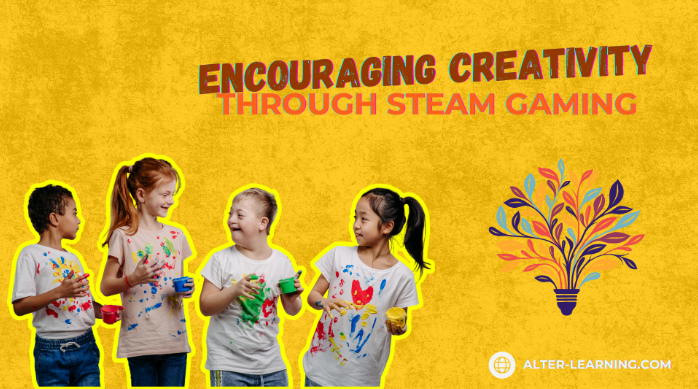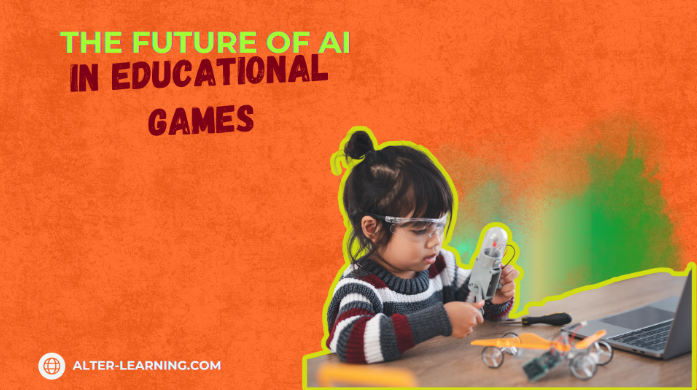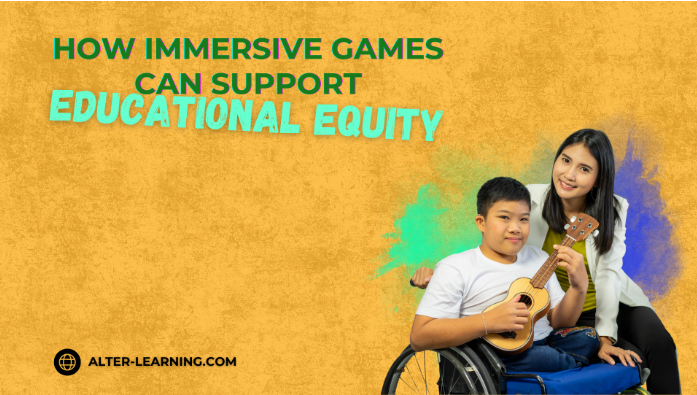Creativity is no longer a bonus skill—it’s a necessity. In a world increasingly driven by innovation, the ability to think creatively can open doors in science, technology, engineering, the arts, and mathematics (STEAM). Yet in many classrooms, creativity is often sidelined by standardized testing, rigid curriculum goals, or a lack of flexible learning environments.
Game-based learning, particularly within the STEAM framework, can offer a powerful way to nurture creativity in students of all ages. Through interactive problem-solving, digital exploration, and artistic experimentation, platforms like Alter-Learning can help unlock the creative potential in every learner—supporting both academic goals and imaginative growth.
Why Creativity Matters in STEAM Education
STEAM isn’t just about knowing formulas or historical facts—it’s about using knowledge to invent, explore, design, and question. Creative thinkers:
- Find novel solutions to complex problems,
- Connect seemingly unrelated ideas across disciplines,
- Express themselves through digital, visual, or narrative forms,
- Stay curious and resilient when facing new challenges.
By weaving creativity into subjects traditionally seen as technical or rigid, STEAM learning becomes more engaging—and more reflective of how the real world actually works.
How Games Can Spark Creativity
Educational games—especially those designed with open-ended challenges, exploration tools, or storytelling mechanics—can provide a safe space for creativity to thrive. In these environments, students may:
- Create solutions instead of memorizing answers,
- Test ideas without fear of failure,
- Explore different paths, roles, or outcomes,
- Combine visual, auditory, and kinesthetic modes of expression.
Alter-Learning’s suite of STEAM educational games offers many of these opportunities through diverse formats, from music composition and engineering puzzles to interactive design simulations.
Game-Based Features That Inspire Creative Thinking
1. Digital Art and Music Tools
Creative arts education software within the Alter-Learning platform can allow students to:
- Compose music, experiment with sound, or simulate live performance,
- Create visual designs through 3D modeling or digital drawing interfaces,
- Improvise and collaborate with peers in a multiplayer setting.
These tools not only support artistic development but also reinforce mathematical and scientific concepts like rhythm, patterns, and spatial awareness.
Engineering challenges for students often involve building, testing, and refining ideas. In game environments, these activities might include:
- Designing virtual structures based on physics principles,
- Solving real-world problems using energy transfer or motion simulations,
- Balancing form and function in user-centered projects.
This iterative process mirrors professional design thinking, helping students learn through experimentation, failure, and revision.
3. Narrative-Driven Creativity
Story-based gameplay can encourage students to:
- Develop characters, plotlines, or world-building elements,
- Make creative decisions that affect outcomes,
- Reflect on ethical dilemmas or social themes.
These narrative layers add emotional depth and critical thinking opportunities, inviting learners to express personal ideas through structured game mechanics.
Creativity for All Learners
Creative learning shouldn’t be limited to “artistic” students. With thoughtful design, educational games can support creativity across a wide range of learning styles and abilities. Alter-Learning promotes inclusive creativity through:
- Accessible interfaces with options for different input methods,
- Audio cues and visual supports for neurodivergent learners,
- Tools for both solo exploration and collaborative creation,
- Themes that reflect diverse cultural experiences and perspectives.
Whether designing a virtual ecosystem, composing a musical performance, or solving a STEAM mystery, students can bring their unique voice into the learning process.
The Educator’s Role in Supporting Creative Game-Based Learning
Games can offer the canvas—but teachers provide the context. Educators can help guide creativity by:
- Framing challenges in open-ended ways,
- Encouraging reflection on choices and outcomes,
- Celebrating diverse approaches to problem-solving,
- Linking game activities to broader curricular themes.
This support helps students understand that creativity isn’t just about talent—it’s a skill that can be practiced, developed, and applied across subjects.
Creativity as a Pathway to Deeper Learning
When students are encouraged to think creatively, they often become more invested in their learning. They take risks. They ask questions. They stay engaged—not because they have to, but because they want to.
STEAM games offered by Alter-Learning can support this mindset by offering playful, purposeful environments where students explore not just what’s correct—but what’s possible.
And when classrooms become places of curiosity and creation, students don’t just absorb knowledge—they begin to shape it.
Follow Alter-Learning for more insights into immersive education, edtech success stories, and the future of learning. Want to explore how VR/AR could transform your school or learning platform? Let’s connect.




